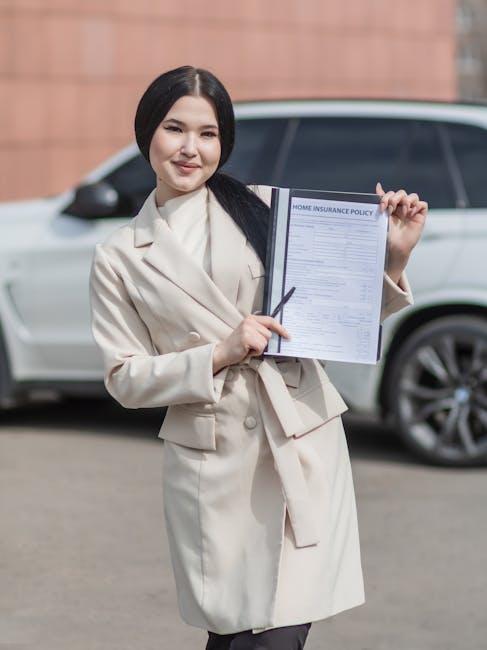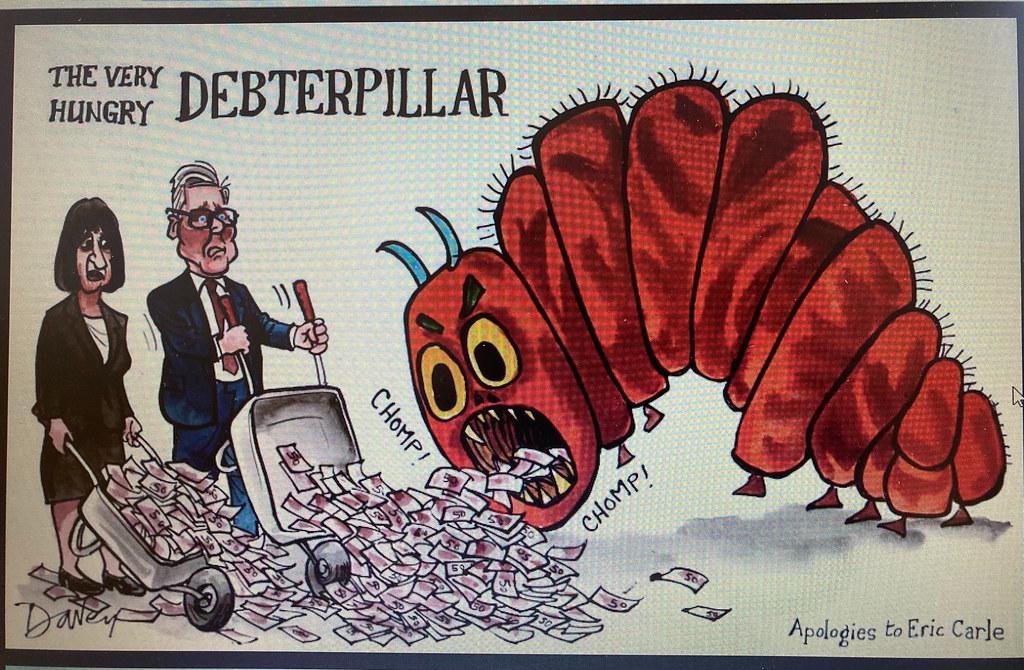Navigating the aftermath of a car accident can be overwhelming, especially when it comes to securing a fair payout from your car insurance claim. With the complexities of insurance policies and the fine print often working against policyholders, understanding the nuances of the claims process is crucial. This article serves as your comprehensive guide to ensuring you receive the full payout you deserve. By arming yourself with knowledge and following strategic steps, you can effectively manage your claim, avoid common pitfalls, and advocate for your rights. Whether you’re dealing with minor fender benders or more serious collisions, these expert-backed insights will empower you to handle your insurance claim with confidence and precision.
Understanding Your Policy Coverage and Exclusions
To navigate the intricate landscape of car insurance claims effectively, it’s imperative to delve into the specifics of your policy’s coverage and exclusions. Begin by meticulously reviewing the policy document to understand what is covered. Common coverage areas include collision, comprehensive, liability, and personal injury protection. Each of these plays a pivotal role in determining the extent of your claim’s payout.
- Collision Coverage: Addresses damage to your vehicle resulting from accidents.
- Comprehensive Coverage: Encompasses non-collision-related damages such as theft, vandalism, or natural disasters.
- Liability Coverage: Protects against claims arising from damage or injury you cause to others.
- Personal Injury Protection: Covers medical expenses for you and your passengers regardless of fault.
Equally crucial is identifying exclusions within your policy, which might include certain drivers, specific vehicle uses, or pre-existing damages. These exclusions can significantly impact your claim. For instance, using your car for commercial purposes without appropriate coverage could void your claim if an accident occurs. Regularly updating your insurer about changes in your vehicle’s usage can help mitigate such risks.

Documenting the Damage Thoroughly and Accurately
To ensure you receive the maximum compensation from your car insurance claim, it’s crucial to document the damage with precision and attention to detail. Begin by capturing clear, high-resolution photos of the vehicle from multiple angles. Make sure to include close-up shots of any visible damage, as well as wider shots to provide context. Don’t forget to document the interior if it’s been affected. Videos can also serve as powerful evidence, offering a more comprehensive view of the damage.
Create a detailed written account of the incident. Include the following information:
- Date and time of the accident
- Weather and road conditions
- Descriptions of all vehicles involved
- Names and contact information of witnesses
If possible, obtain a copy of the police report and any other relevant documents. Remember, thorough documentation not only strengthens your claim but also expedites the settlement process. By meticulously gathering evidence, you position yourself to negotiate confidently with the insurance adjuster, ensuring you receive the full payout you deserve.

Communicating Effectively with Your Insurance Adjuster
To maximize your claim payout, establishing a strong line of communication with your insurance adjuster is crucial. Be prepared with all necessary documentation: gather your policy details, accident reports, photos of the damage, and any other relevant information before your initial discussion. This ensures you can provide clear, concise answers to any questions, demonstrating that you’re organized and serious about your claim.
When speaking with the adjuster, clarity and honesty are your best allies. Clearly articulate your perspective on the accident and damage, but avoid embellishing facts or making assumptions. Ask questions to understand how your claim is being processed and to clarify any aspects of your policy. Consider these tips:
- Keep a record of all communications, including dates, times, and key points discussed.
- Remain polite and professional, even if you disagree on certain points.
- Follow up in writing to confirm any verbal agreements or decisions made during conversations.
By maintaining a professional and transparent relationship with your adjuster, you position yourself as a credible and cooperative claimant, increasing the likelihood of receiving the full payout you deserve.

Navigating the Claim Process with Confidence
When dealing with a car insurance claim, being well-prepared can make all the difference. Start by thoroughly documenting the incident. Capture clear photographs of the damage from multiple angles, and make sure to gather any relevant evidence such as police reports or witness statements. Organize all documents meticulously; this includes your policy details, repair estimates, and medical reports if applicable. Remember, the more detailed your records, the stronger your case.
Communicate effectively with your insurance adjuster. Provide all requested information promptly and ensure that any communication is clear and concise. It’s beneficial to keep a log of all interactions, including phone calls and emails. Understand your policy thoroughly to identify what is covered and to verify that the settlement offered aligns with your entitlements. Don’t hesitate to negotiate if the initial offer doesn’t meet your expectations. By staying informed and proactive, you can maximize your chances of receiving the full payout you deserve.
- Document Everything: Photos, reports, and receipts are your allies.
- Stay Organized: Keep a dedicated file for all claim-related paperwork.
- Know Your Policy: Familiarize yourself with the terms and conditions.
- Be Persistent: Follow up regularly with your insurer.

